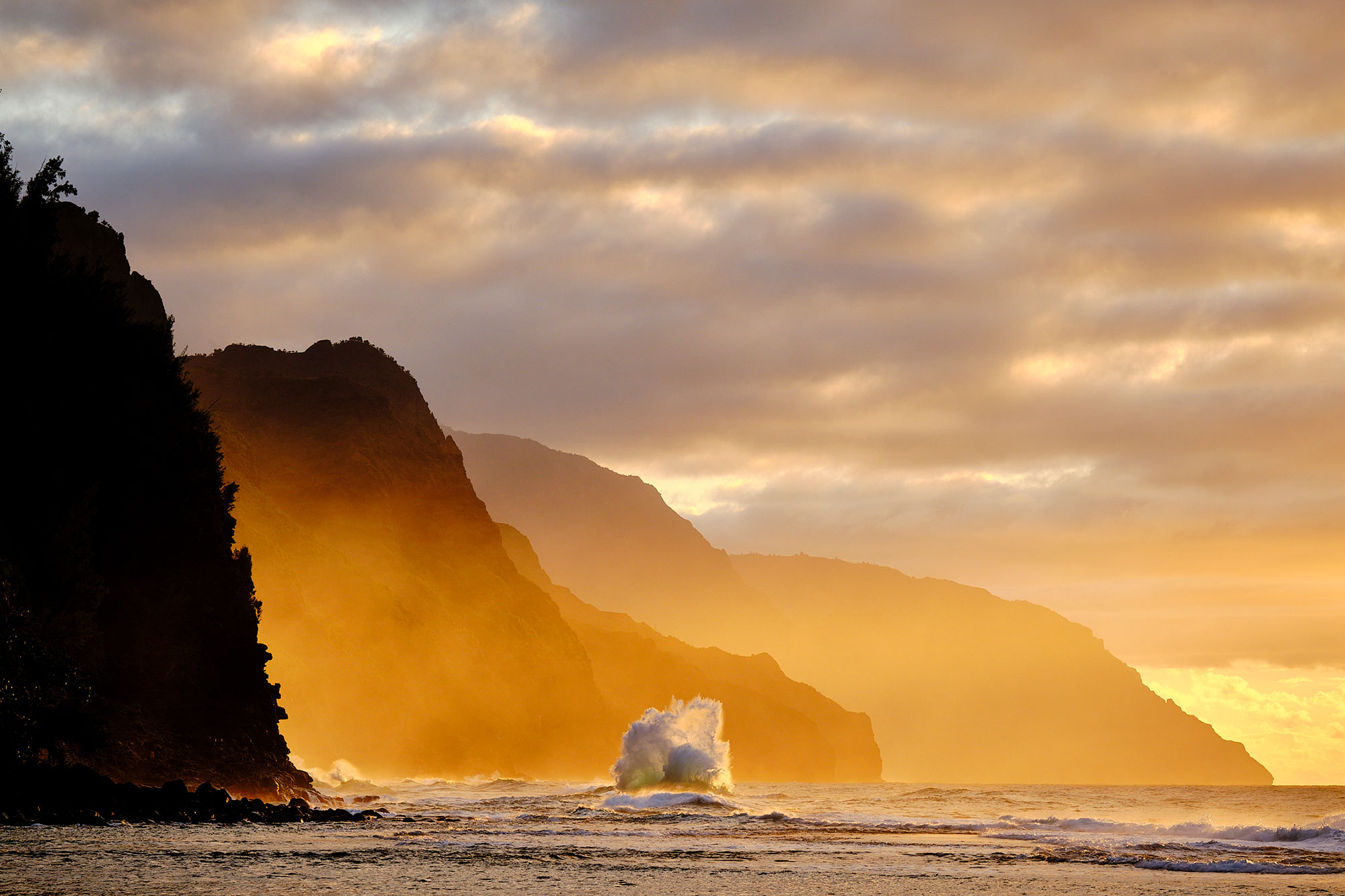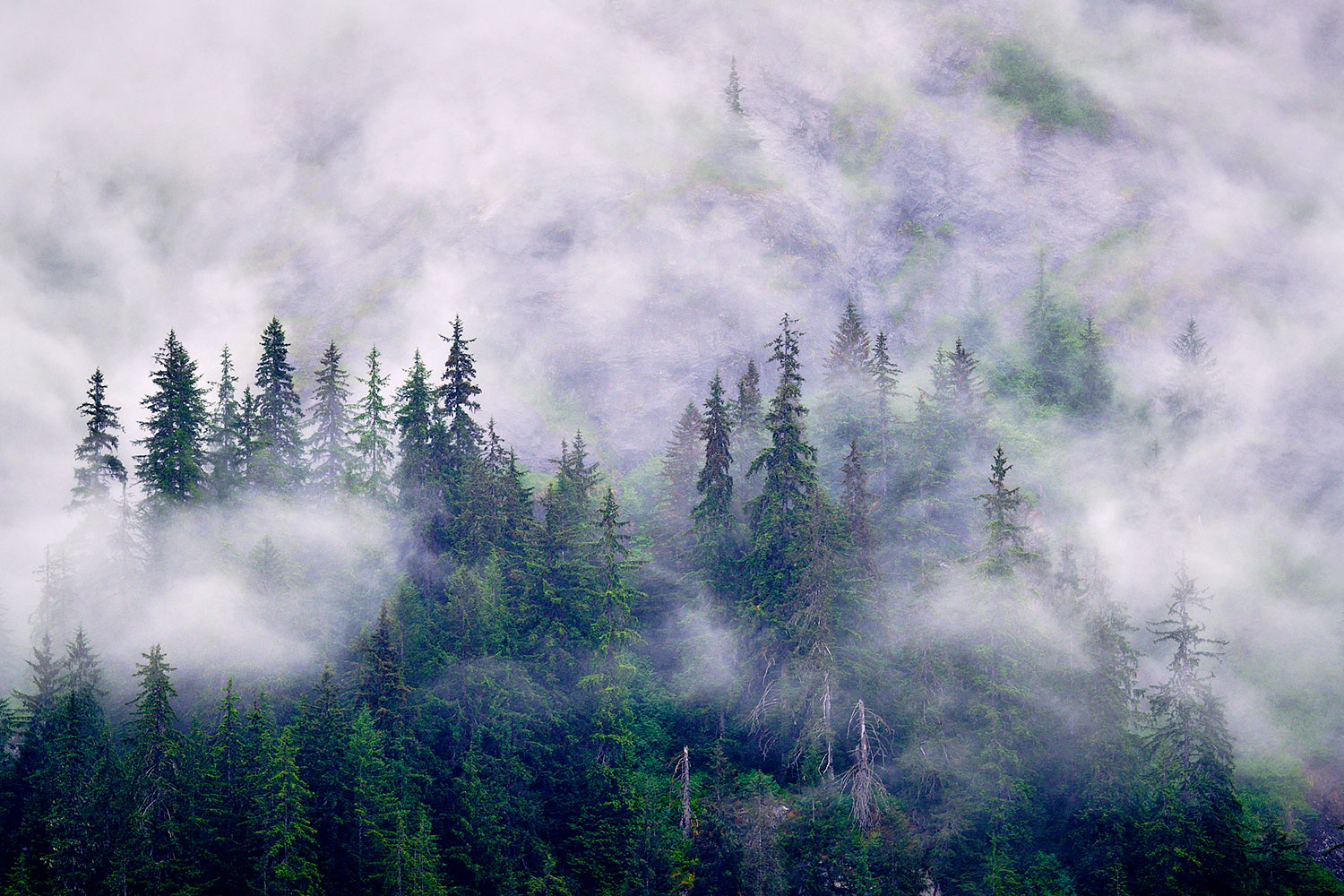Make it long
People ask me regularly whether I prefer wide-angle lenses or telephoto lenses for landscapes. My landscape photography is seldom done with a wide-angle lens. Indeed, what one typically wants to do when shooting landscapes is to isolate that area in the scene which best tells the story that has the most interesting light, atmospherics or compositional elements. Wide-angle lenses rarely offer that ability. They simply are too inclusive sometimes.
What Lenses That I Used?
From researching my images, stretching back since I switched to Fujifilm in 2013, what I’ve discovered is that the majority of my photographs, landscapes as well as general nature and not to mention my working assignments in sports and weddings, are done with medium to moderately long focal lengths – say 50mm to 600mm in 35mm focal length equivalent. This isn’t surprising.
What I somewhat anticipated as well is that a high percentage of my best work is with longer lenses – in the 200mm to 600mm range. Of course, this is often what the doctor ordered when shooting wildlife, but also landscape, as with the sunset image above.
Reach
Unquestionably the greatest strength of shooting with a long lens is reach. Being able to see closely and capture that which is distant and fleeting is a thrill, and can capture some unique moments.
Compression of Perspective
While long lenses don’t offer any advantage when it comes to shallower depth of field (as long as image size and aperture are the same), they do compress perspective. This can lead to images which have a strong graphic appeal.
Isolating the Key Element
Every image is “about something“. What is that thing? What is the main subject, and can you isolate it as well as provide appropriate context? That is one of the reasons why I like my long lenses to be zooms. It enables appropriate composition when framing with your feet isn’t possible.
Frame Simple Composition
Strong telephoto focal lengths are needed for photographing extreme compression effects, such as pulling in background elements like the setting sun to make them tower over the foreground subjects. Like this glacier, I framed a vertical slice of the slowly flowing mass of ice with incredible erosive capabilities and ice progress down mountainous slopes.
Capturing Action
When a subject is moving toward you directly or obliquely, it is actually easier to get and hold focus if you are using a long lens. Though this at first seems counter-intuitive, if you stop and think about it the logic is clear. If you are very close to the action, to track focus on a subject moving toward you requires the lens to move through a much greater range than if you are further away, yet still keep the subject of similar size. The lens has to move through a much shorter focus throw.
The Takeaway
I am not convincing you into becoming a long lens photographer. We all see in different ways and prefer different tools and techniques. But, over the years, I have found that some of the unique capabilities of long lenses help me make strong and interesting images.
The Fujinon XF50-140mm, XF100-400mm and XF200mm all are my favorite telephotos lenses. I use them for photographing sports, wildlife, landscape and weddings.
The XF50-140mm (75-210mm in 35mm focal length equivalent) is my workhorse lens, from photojournalism to wedding assignments. It has done them all flawlessly.
The XF200mm comes with a 1.4 extender which is absolutely fantastic. It pushes the 300mm (35mm focal length equivalent) to 420mm and remains a fast aperture at f2.8 to get more light to the sensor.
The XF100-400mm offers a long reach (600mm in 35mm focal length equivalent), like when the grizzly bears are spotted two miles across a valley and you might not want to be too close. You can add an additional external 1.4X or 2X extender on top of this lens. This is recommended only in desperate situations, like when the snow leopards are spotted two miles across a Himalayan valley and you are on foot. Keep in mind that the extender restricts light to the sensor and prepare to deal with a slow aperture from f8 to f11.

”
I think I’m one of the oddballs in professional photography. Unlike most of the working pros I’ve met, I’m among the few who came into this line of work from the corporate world. I spent 20 years holding roles in Multimedia Systems and Information Technology. During those years, photography was nothing more than a serious hobby, something that I enjoyed doing during my free time.
In college, I took many photography classes while studying electronic engineering, but was never able to take off with it as a career.
In the spring of 2010, I realized that I had exhausted the passion that I once had for my career in technology, so I made the jump to photography. I decided to leave the organization I worked for and pursue my dream of being a photojournalist. Since then, I’ve been working as a freelance photographer based in Vancouver, Canada, with a focus on sporting events. Some of my other assignments include corporate and theatre events, as well as weddings which I capture using a photojournalistic style.”















Martin Griffett
August 31, 2020 @ 1:13 pm
Great article. I love the 50-140mm + 1.4x TC for my wildlife images.
Declan O'Doherty
September 13, 2020 @ 12:22 pm
I love the 50-140 but my favorite lens for landscape has to be the 56 1.2. Razor sharp.
Mark Casebeer
August 31, 2020 @ 2:52 pm
Nice article, even better images. A lot can be said about using longer lenses for landscape photography. When I’m shooting a beautiful scene I normally start with either my 16 or 23 mm lens. After I get what I think is the best out of the wider shots I always try one of my zooms. I also find the 90 F2 creates some interesting pictures.
Thanks for sharing!
Albert Smith
August 31, 2020 @ 4:06 pm
That image of the single duck shot at full aperture is enough to make that lens very desirable. Great capture!
You always see people wanting wider and wider lenses for landscapes, but I have found, and your article corroborates, that often eliminating the superfluous clutter and concentrating on some specific detail can make your images stronger.
Thanks for the post.
jerredz
September 1, 2020 @ 1:04 pm
Stunning work! I love these lenses as well!